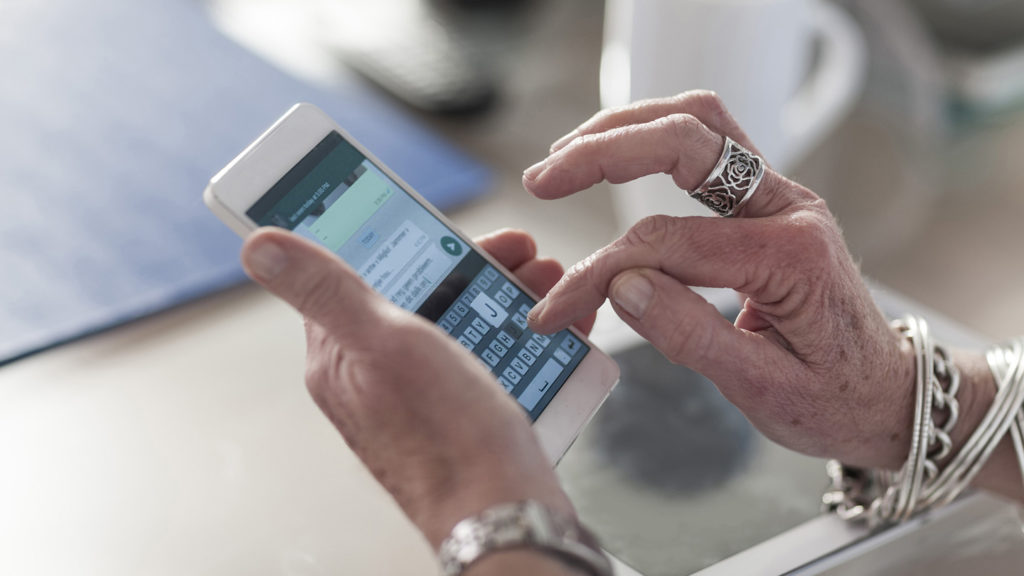
It would be very inappropriate to call any older adult a “vegetable.” In a related vein, seniors might not realize how inappropriate it could be to text a vegetable — such as 🥕, 🍆 or 🫑, for example — to someone, depending on the context.
Despite various studies showing that older adults are becoming more tech-savvy with their smartphones, and a growing number of community courses available for them to learn, a new study shows that when faced with the lexicon of emojis, many older adults still merit a confused face. 😖
“Emoji are an important substitute for non-verbal cues (such as facial expressions) in online written communication,” the study authors wrote. “The current results have important implications when considering emoji use in online communication. Some recent research has suggested that older adults may benefit from the use of emoji to clarify the meaning of more complex and ambiguous messages, such as those intended to be interpreted sarcastically.”
Interpreting emojis may sound like a frivolous subject 😛, but the study contends that 90% of social media posts include at least one symbol 😮. Older adults are spending 300 hours a year on such platforms, and many still rely on social media for healthcare information, the McKnight’s Tech Daily recently reported.
Although there was little deviation in interpreting some very common emoji emotions, such as “happy 😀” and “sad ☹️,” older adults were significantly less likely than younger cohorts to currently interpret the emojis meant to represent “surprised 😯” or “fearful 😱,” even if they knew who the texter was, the study showed.
The study authors noted that older adults are more likely to struggle with interpreting emotions in general, whether on a phone or on someone’s face; previous studies have shown that seniors are slightly more likely to emphasize the bottom of the face – the nose and mouth – in interpreting expressions, as opposed to the eyes 👁️👁️ .
One potentially mitigating factor might be the role of cultural differences, the study authors noted, which could be just as important as age in determining how an emoji is perceived.
Although the emoji study included both English and Chinese native speakers, a smaller poll of senior living residents in Philadelphia by the Philadelphia Inquirer, designed to piggyback 🐖 on the original study, affirmed that many people were perplexed by both emoji imagery and common texting acronyms like “lol 😆.”
The latter story concluded that, although understanding online communication is important, emoji “culture” 😎 and its implicit meanings always are likely to shift somewhat, so older adults need not stress over a lack of complete emoji knowledge. 👌







